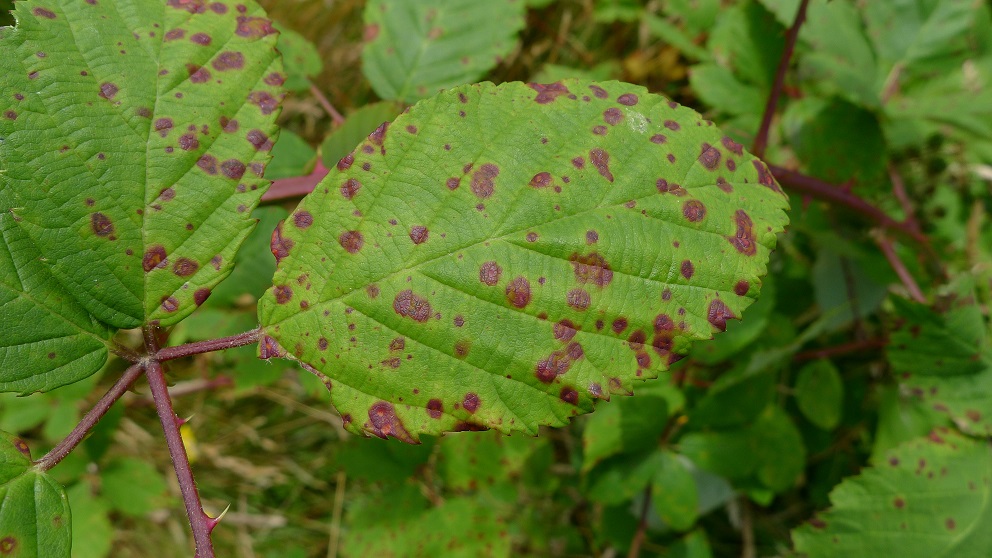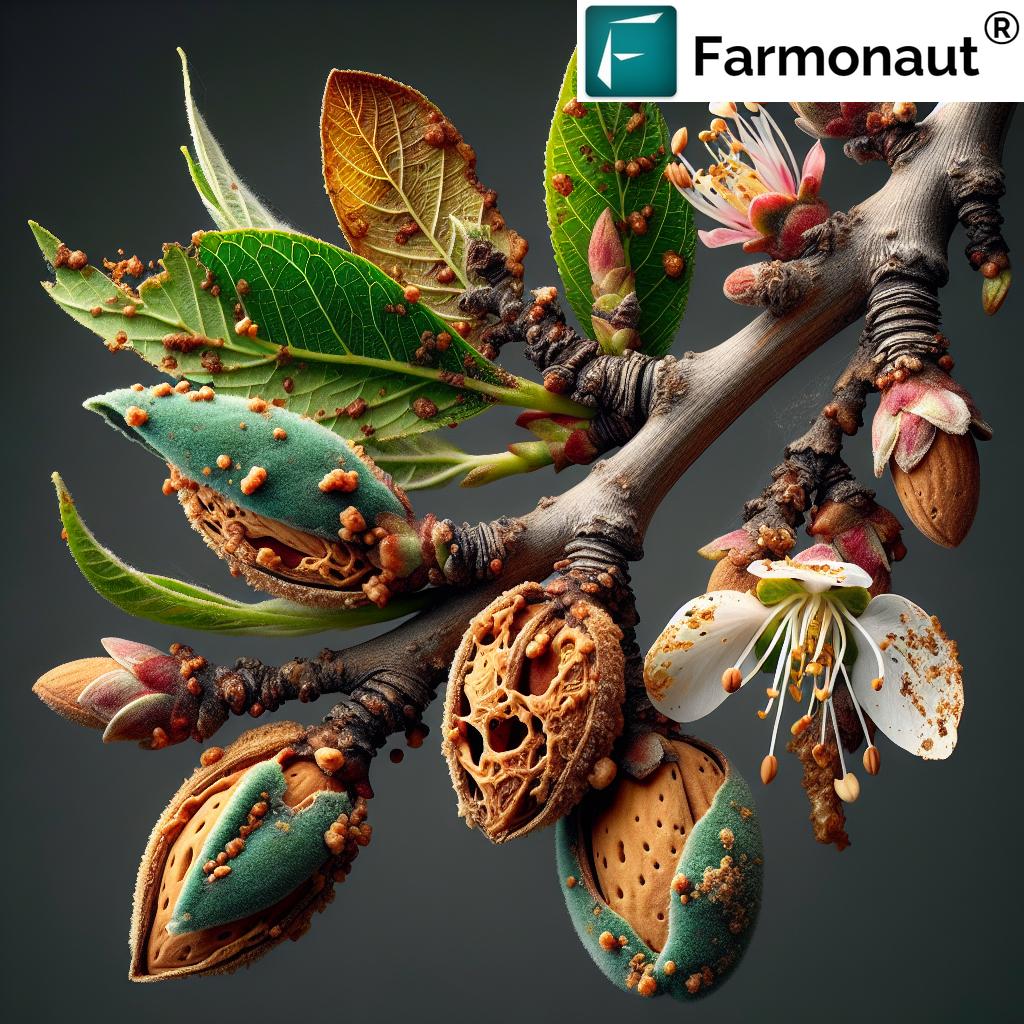Aphids on Broccoli Plants: 7 Effective Control Tips 2025
Meta Description: Aphids on broccoli plants threaten global crop health, yield, and quality. Discover 7 effective, sustainable management tips and modern IPM tools for 2025 and beyond.
“Aphids can reduce broccoli yields by up to 50% if not managed with sustainable integrated pest management strategies.”
Introduction
Broccoli (Brassica oleracea var. italica), a highly nutritious vegetable, remains a staple in global diets and is crucial for food security and health worldwide. However, in 2025 and beyond, aphids in broccoli persist as a significant challenge threatening crop yield, quality, and marketability. The rapid reproduction rate and resilience of these pests make timely and effective management not just desirable but critical for modern agriculture.
Advancements in integrated pest management strategies (IPM) and sustainable, technologically driven approaches have provided farmers with new methods and tools for precision control, reducing dependence on chemicals and mitigating environmental impact.
Summary: Aphids on Broccoli — Challenges and Management Strategies in Modern Agriculture
Across the globe, broccoli crops are increasingly vulnerable to aphids—tiny, sap-sucking insects whose rapid reproduction and viral transmission capability can devastate fields in days. The focus for 2025 and beyond lies in understanding the biology of aphids, the scale of their impact, and the most effective, sustainable management strategies available. In this guide, we break down the most relevant information and practical solutions, including advanced digital tools and IPM methods, that empower farmers worldwide.
Understanding Aphids on Broccoli Plants: Biology & Impact
The Life Cycle and Behavior of Aphids in Broccoli
Aphids are small, soft-bodied insects that feed primarily on the phloem of plants by extracting essential sap and nutrients. The most prevalent aphid species affecting broccoli are:
- Green Peach Aphid (Myzus persicae)
- Cabbage Aphid (Brevicoryne brassicae)
The swiftly evolving populations of these aphids occur because they can reproduce rapidly under favorable conditions, with some species completing a generation in as little as 7-10 days. Their ability to survive and explode in numbers within days increases the difficulty of early detection and the necessity for ongoing vigilance.
What Do Aphids Do to Broccoli Plants?
- Damage to Plant Growth: As aphids feed on broccoli plants, they extract essential nutrients, leading to stunted growth, yellowing leaves, and deformed heads.
- Honeydew and Mold: Aphids excrete a sugary substance called honeydew, which fosters sooty mold. This mold covers leaf surfaces, diminishing photosynthesis and reducing the crop’s marketability.
- Viral Transmission: Aphids serve as vectors for plant viruses like cauliflower mosaic virus and turnip mosaic virus. These can incite widespread disease outbreaks among broccoli and related Brassica crops.
Early detection of aphids on broccoli plants is vital because aphid infestations can spiral into economic and environmental disasters for large and small farmers alike. Understanding the biology, feeding patterns, and damage caused by aphids in broccoli fields is the cornerstone of effective management and prevention strategies.
Watch: Mastering Aphid Control: From Yellow to Hairy, Indoor to Outdoor – A Comprehensive Guide
The Impact of Aphids on Broccoli Farming
Aphids present a significant concern in commercial broccoli production worldwide, with the potential to cause considerable economic losses if not addressed through timely interventions. Their destructive capabilities extend beyond direct plant damage to secondary problems like virus outbreaks that can devastate crops.
Economic Losses and Farmer Challenges
- Yield and Quality Reduction: Loss of plant vigor, yellowing leaves, and deformation of broccoli heads can reduce both yield and quality by as much as 40-50% in severe infestations.
- Pesticide Pressure: Farmers often respond with additional chemical applications, which increase production costs and often raise consumer concerns regarding pesticide residues.
- Market Impact: Low-residue or organic produce demand has risen globally, compelling a turn towards sustainable, integrated management strategies that reduce chemical dependency while maintaining crop health.
Watch: Soybean Aphid Control: Effective Scouting and Control Strategies for Optimal Crop Yield
Watch: Peach IPM Strategies: Effective Control of Diseases and Pests from Spring to Summer
Continuous monitoring and integrated approaches are, therefore, indispensable. The adoption of sustainable, precise methods benefits not only crop production and quality but also the long-term profitability and security of food systems around the globe.
Modern Management Strategies for Aphids on Broccoli (2025)
From Traditional to Precision Approaches
In 2025, the landscape of aphid management in broccoli is rapidly evolving. While integrated pest management (IPM) remains the cornerstone, emerging digital tools, advanced cultivars, and eco-friendly products have broad implications for how farmers manage pest populations.
Let’s examine the 7 most effective control tips for aphids on broccoli plants using both time-tested and modern methods:
Watch: Aphid Control on Farms: Grounded Strategies for Sustainable Pest Control
Comparison Table of Aphid Control Methods for Broccoli Plants
| Control Method | Estimated Effectiveness (%) | Environmental Impact | Cost Estimate (USD/acre) | Implementation Difficulty | Sustainability Score (1–5) |
|---|---|---|---|---|---|
| Manual Removal & Water Sprays | 50–70 | Low | $10–$20 | Easy | 5 |
| Biological Control (Beneficial Insects) | 65–90 | Low | $50–$120 | Moderate | 5 |
| Botanical/Organic Sprays | 60–80 | Low/Medium | $35–$85 | Moderate | 4 |
| IPM/Integrated Monitoring | 80–95 | Low | $25–$75 | Moderate | 5 |
| Resistant Varieties | 70–90 | Low | $40–$100 | Moderate | 5 |
| Precision Ag & Digital Tools | 85–98 | Low | $100–$200 | Difficult | 5 |
| Eco-friendly Chemical Sprays | 75–85 | Medium | $60–$110 | Easy/Moderate | 3 |
“Over 85% of farmers using eco-friendly aphid controls report improved broccoli plant health and higher market quality.”
Watch: Bug & Spot Battle: Safeguarding Citrus: Aphid & Foliage Health Management
7 Effective Control Tips for Aphids on Broccoli (2025)
Informed by the latest scientific research, field outcomes, and digital innovations, these seven strategies represent the pinnacle of aphid management in broccoli plants for the years ahead.
-
1. Integrated Pest Management (IPM)
IPM is the foundation for sustainable aphid control on broccoli plants. This multifaceted strategy combines early detection, systematic monitoring, threshold-based interventions, and continuous learning.
- Visual Scouting: Regular field inspections for aphids and their telltale honeydew.
- Electronic Sensors: In 2025, IoT-based sensors provide real-time updates on pest activity and environmental triggers.
- Threshold Action: Apply interventions only when aphid populations threaten economic loss.
Benefits:
- Reduces unnecessary chemical use, saving costs and preventing resistance.
- Protects beneficial insects by minimizing broad-spectrum pesticide exposure.
-
2. Biological Control: Maximizing Beneficial Insects
Harnessing nature’s own pest controllers is among the most environmentally friendly and sustainable aphid management strategies.
Key beneficial species include:- Lady beetles (Coccinellidae)
- Lacewings (Chrysopidae)
- Parasitic wasps (Aphidius spp.)
Advances in mass-rearing and targeted release of these species in commercial broccoli fields reduce aphid populations without harming the environment or non-target insects.
-
3. Growing Resistant Broccoli Varieties
Plant breeders now offer improved broccoli cultivars demonstrating either resistance or tolerance to aphid feeding and associated viral transmissions.
Key advantages:- Reduced reliance on chemical inputs – no need for frequent spraying.
- Lower risk of aphid and virus outbreaks, enabling more stable yields.
- Compatible with organic farming systems and preferred in ongoing sustainability programs.
-
4. Cultural Practices: Crop Rotation & Field Hygiene
Cultural management practices effectively reduce aphid populations and help in preventing virus build-up.
- Crop rotation: Reduce persistence of aphid and viral populations by avoiding sequential Brassica crops.
- Intercropping: Planting broccoli with repellent companion plants such as marigold, garlic, or onions can disrupt aphid colonization.
- Sanitation: Remove crop debris and weeds in and around broccoli fields to limit alternative food sources and aphid overwintering.
- Synchronized planting: Staggering or optimizing planting dates may avoid periods of peak aphid pressure.
-
5. Precision Agriculture and Digital Monitoring Tools
AI-powered surveillance, satellite imagery, and IoT-driven field sensors have transformed aphid management since 2020, and by 2025 their role is only more central. These digital tools enable early detection, real-time decision-making, and targeted interventions for aphids on broccoli plants.
- Drones scan large fields for stress spots and aphid “hot zones.”
- IoT environmental sensors track temperature, humidity, soil, and microclimate changes that trigger aphid outbreaks.
- AI models interpret live data, forecasting aphid risks and suggesting customized action plans.
- Satellite imagery platforms (like Farmonaut) monitor crop health, enabling visualization and recordkeeping for improved aphid and disease surveillance at scale.
Benefit:
- Enables sustainable, highly efficient pest management while lowering costs and environmental impact.
Explore large-scale satellite crop monitoring for modern farm management
Watch: How AI Drones Are Saving Farms & Millions in 2025 ? | Game-Changing AgriTech You Must See!
-
6. Eco-Friendly Chemical Controls: Biopesticides & Selective Options
When aphid pressures exceed manageable levels, selective insecticides and biopesticides are recommended.
Preferred chemical classes include:- Insect growth regulators (IGRs)
- Neem-based formulations
- Soaps and horticultural oils
- Microbial-based pesticides (such as Beauveria bassiana)
- Rotate chemical controls regularly to prevent resistance development among aphid populations.
- Target only infested zones, and follow label instructions to minimize environmental impact.
-
7. Plant Health Management & Traceability
Maintaining overall plant health—through balanced fertilization, optimized irrigation, and disease prevention—reduces susceptibility to aphid infestations and viral transmission.
- Traceability platforms, such as Farmonaut’s blockchain-based traceability tools, help certify sustainable, low-residue broccoli and build trust throughout the supply chain.
- This transparency is increasingly important for access to premium markets and for meeting global regulatory compliance in 2025.
Watch: Organic Alfalfa Defence: Integrated Pest Management for Aphids and Mosaic Virus Control
Watch: AgTech in Almería 2025: 5 IFAPA Innovations Beating Crop Viruses & Pests
Farmonaut: Empowering Precision in Aphid Management with Satellite Technology
As the push for sustainable, efficient agriculture heightens worldwide, data-driven solutions are transforming how farmers monitor and manage aphid populations in broccoli and other Brassica crops.
Our Mission and Technologies
At Farmonaut, we harness advanced satellite imagery, AI, blockchain, and precision resource management tools to empower farmers, businesses, and governments in their battle against aphids on broccoli plants and other field challenges.
- Satellite-Based Monitoring: High-resolution satellite images help detect early stress and aphid outbreaks, visualizing affected areas for targeted interventions.
- Jeevn AI Advisory System: Real-time, tailored pest and crop management recommendations based on deep analysis of multispectral data, enabling sustainable decisions for crop health.
- Blockchain-Based Traceability: Boost supply chain transparency and respond to the increased demand for verified, low-residue broccoli in global markets.
- Resource & Fleet Management: Our digital suite also helps optimize farm logistics for timely, responsive pest control operations across multiple locations.
- Environmental Impact Monitoring: Quantify and reduce carbon footprint from crop production for certifications and regulatory compliance. See more about our carbon tracking solutions
With the 

 you can monitor, plan, and record interventions for aphids and other pests directly from your device.
you can monitor, plan, and record interventions for aphids and other pests directly from your device.
For developers and agri-enterprises seeking to integrate real-time aerial insights into their own systems,
explore our API and developer documentation.
- Access satellite-based loan & insurance services for your broccoli crop: support eligibility and reduce fraud
- Learn about resource and fleet tracking for large-scale farm operations combating aphids and plant diseases
Frequently Asked Questions (FAQ) About Aphids on Broccoli Plants in 2025
1. What are the first signs of aphid infestations in broccoli crops?
Look for clusters of small green, grey, or black insects (commonly around the undersides of leaves and developing heads), sticky honeydew residue, appearance of sooty mold, curled or yellowing leaves, and slowed plant growth.
2. Can I grow broccoli without using chemical pesticides for aphid control?
Yes! By using an integrated approach—combining biological control, resistant varieties, precision monitoring, and cultural strategies—you can significantly reduce or eliminate chemical use.
3. How do beneficial insects help with aphids on broccoli plants?
Many species, including ladybugs, lacewings, and parasitic wasps, are natural enemies of aphids. Releasing or conserving these beneficials rapidly reduces aphid populations without harming the crop or environment.
4. Are digital and precision agriculture tools cost-effective?
While initial investments in sensors, apps, or imagery might seem higher, they usually pay off via reduced crop losses and precise interventions—especially over multiple growing seasons.
5. What is the role of blockchain-based traceability in broccoli aphid management?
It assures supply chain transparency, confirming products as sustainably produced and aphid-managed, which is vital for access to premium global markets and regulatory compliance.
6. Why is rotation essential for managing aphids in broccoli cultivation?
Cropping sequence disrupts the lifecycle of aphids and associated viruses, reducing initial pest pressure during planting seasons and lessening outbreak risk.
7. Do weather conditions affect aphid outbreaks on broccoli?
Yes. Warm, dry weather favors rapid aphid reproduction. Timely monitoring during these conditions is crucial for early detection and control.
Conclusion: Challenges and Management for a Sustainable Future
Aphids on broccoli plants remain a dynamic and significant concern for farmers worldwide in 2025. But as our understanding of aphid biology, crop vulnerability, and integrated management strategies deepens, so too does our arsenal of effective, sustainable solutions.
By embracing:
- Comprehensive IPM and precision monitoring
- Biological and cultural controls
- Resistant cultivars and advanced practices
- Eco-friendly, targeted chemicals when necessary
- Modern digital tools and supply chain traceability
Farmers can reduce aphid populations, minimize environmental harm, and secure the productivity and quality of broccoli crops for local and global markets.
The collective implementation of these seven tips ensures sustainable broccoli production and food security, supporting the growing demand for healthy, residue-free vegetables worldwide.
As an agriculture technology innovator, we at Farmonaut remain committed to making the most advanced satellite-based tools and insights accessible to every farmer and enterprise—as part of a responsible, resilient future for food and farming.
Looking for real-time aphid monitoring, crop health insights, or digital management solutions? Try the Farmonaut platform today for your broccoli or any crop—across devices and at scale.
Ready to take your broccoli farming to the next level? Get started with Farmonaut today.









